
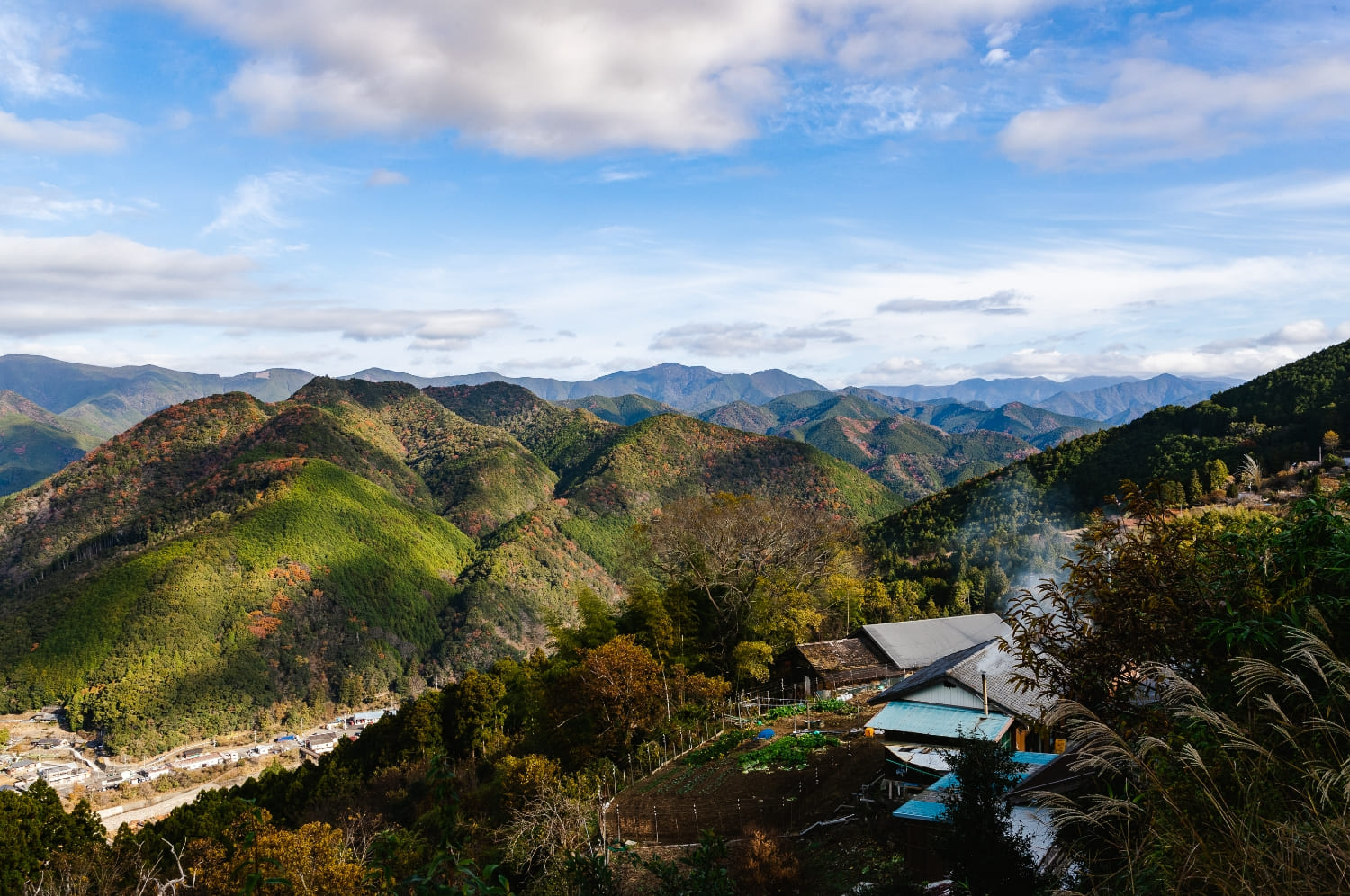
What is the history of the Kumano Kodo, the land of revival? Why was it selected as a World Heritage Site?
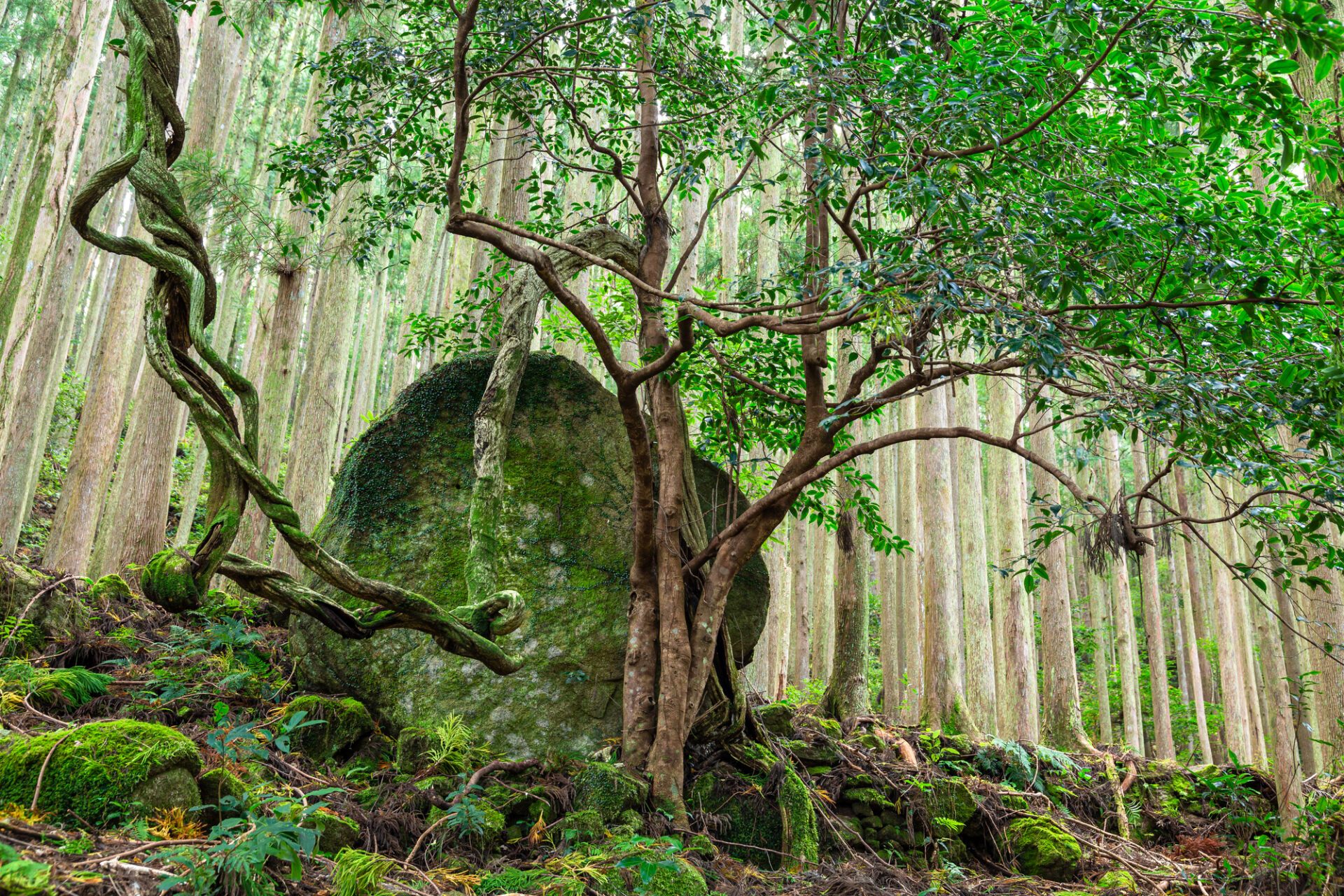
The Kumano Kodo, which stretches across Wakayama and three other prefectures, is a pilgrimage route to three shrines known as the Kumano Sanzan. In this issue, the long history of the Kumano Kodo is unravelled.
What is the Kumano Kodo? Where are they located?
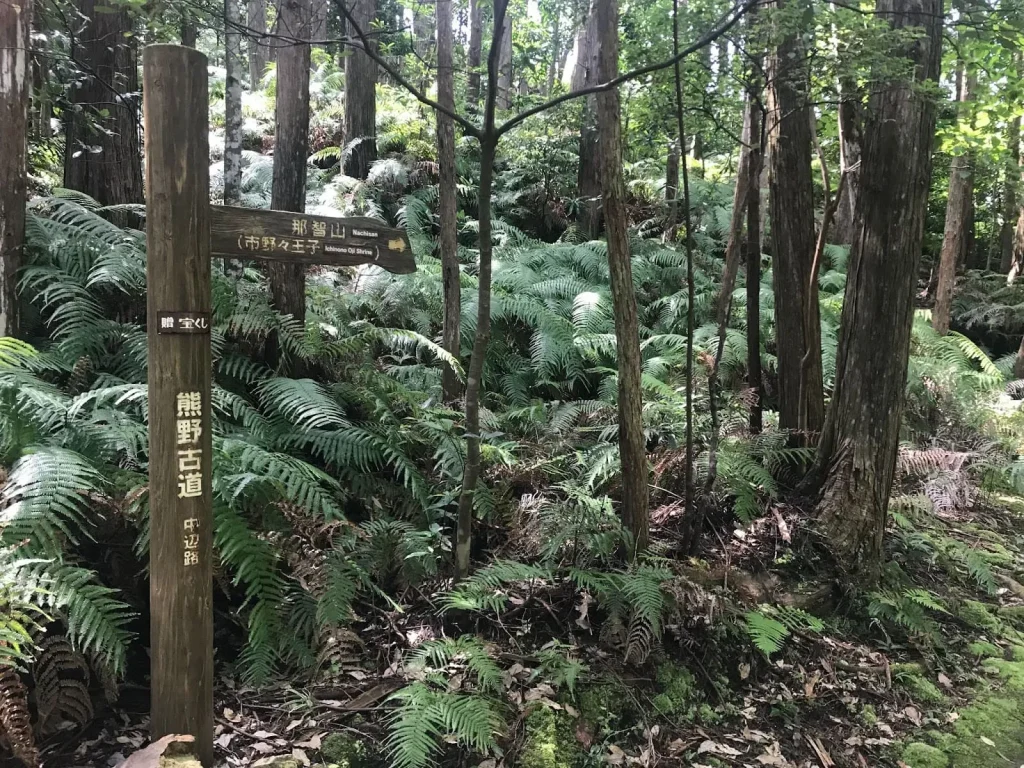
The Kumano Kodo – officially known as the Sacred Sites and Pilgrimage Routes in the Kii Mountain Range – was inscribed as a UNESCO World Heritage Site in 2004 and is a pilgrimage route taken by pilgrims to the three Kumano mountains (Kumano Hongu Taisha, Kumano Nachi Taisha and Kumano Hayatama Taisha) in Wakayama Prefecture. The Kumano Kodo, which is a course of so-called ‘Kumano Pilgrimage’, is still attracting attention today as a power spot and is visited by many people from all over the country.
The rivers, waterfalls and huge rocks along the Kumano Kodo are said to be inhabited by deities, and are also called ‘places of revival’ because of their nature worship origins.
The Kumano Kodo is approximately 600 km long and spans Wakayama, Mie, Nara and Osaka prefectures. It is not a single road, but consists of five main routes – Nakaheji, Iseji, Kobeji, Kiiji and Oheji – and is dotted with historical sites of interest. There are many different ways to walk and enjoy the area.
When was the Kumano Kodo established? Let’s unravel the history.
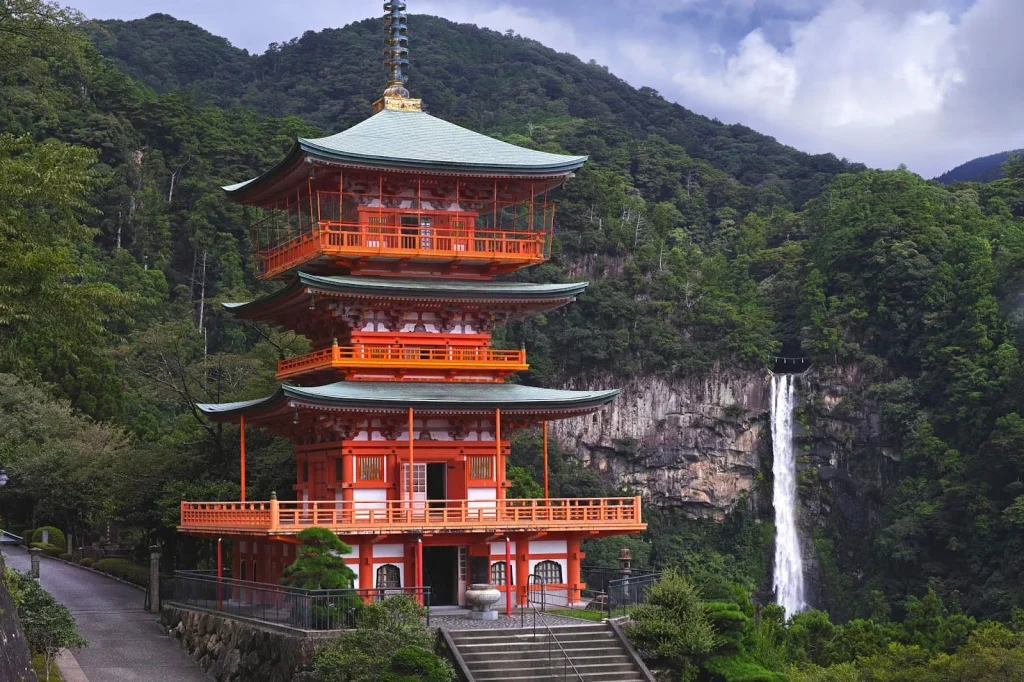
Let us now unpack the history of the Kumano Kodo.
Each of the three Kumano-sanzan (Kumano Hongu-taisha, Kumano Nachi-taisha and Kumano Hayatama-taisha) introduced earlier has its own mythology surrounding its origins. Kumano Hongu Taisha has a giant yew tree, Kumano Nachi Taisha has Nachi Falls, and Kumano Hayatama Taisha has a huge rock called Gotobiki Iwa, which was the object of nature worship.
Myths surrounding the origins of the three Kumano mountains.
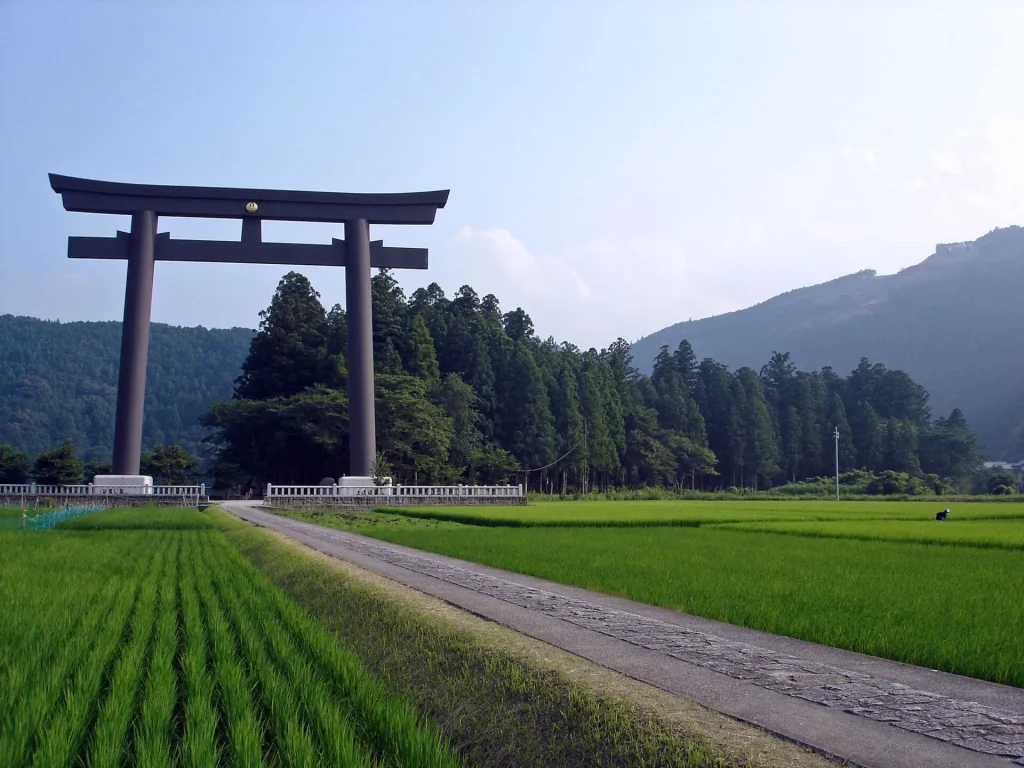
First, let us look at the origins of Kumano Hongu Taisha. According to the Imperial Chronicles and the Shrine Annals, three moons descended from a giant yew tree at a place called Oyunohara, and the middle moon said: ‘I am the Great Goddess Iyatomimiko-no-mikoto, and the moons on either side are Izanami no Mikoto and Hayatama no Mikoto. According to legend, the Kumano Hongu Taisha shrine was built in Osaibara as a result of a divine decree to ‘build a shrine and enshrine them’.
Kumano Nachi-taisha also has an interesting myth. In 662 B.C., a party of the deity Kaminihon-no-Iwayohiko-no-mikoto (Emperor Jinmu, the first Emperor of Japan) landed on what is now the beach of Nachi. As the party made their way towards the shining mountains, they discovered the Nachi Waterfalls! The waterfall was enshrined as the ‘sacred body of the deity Ohonamuchi no Kami’. The three-legged crow, Yatagarasu, is said to have led the group, and when he had finished his role as leader, he transformed into a stone and rested on it as a ‘crow stone’.
Kumano Hayatama-taisha is believed to be the place where the Kumano gods descended. According to books such as Kumano Gongen Gotobiki Engi, the Kumano gods descended on Gotobiki Rock on Mt Kamikura, and a shrine was built to enshrine them in the present location in 58 Keiko. At that time, the shrine was named ‘Shingu’ as opposed to ‘Motomiya’ on Gotobiki Rock.
Influence of Shintoism and Buddhism and the Kumano Pilgrimage
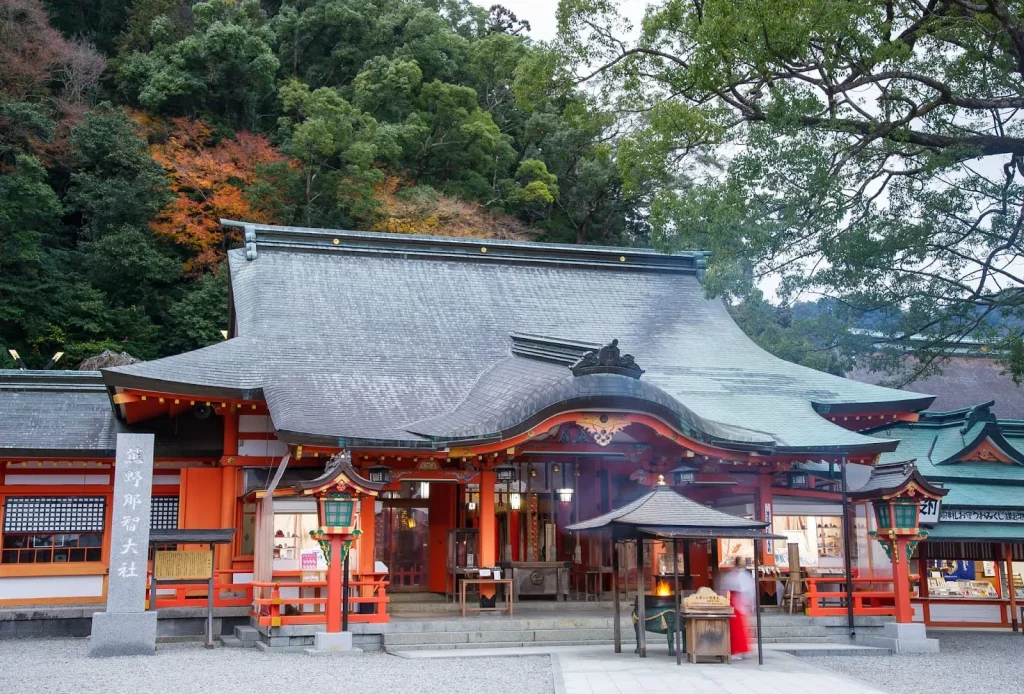
The three shrines, which had their origins in separate nature beliefs, were influenced by Buddhism in the late 10th century (shinbutsu shurai) and began to worship each other together with the main deities of the other two shrines. Today, the three shrines still worship 12 common deities.
It was during the Heian period (794-1185) that the belief in the Kumano Sanzan Mountains flourished. In the early years, the Kumano Sanzan were worshipped as places of Shugendo, and it is thought that the Kumano Kodo path was created at that time. From the late Heian period, pilgrimages to Kumano by the imperial family and aristocrats became popular, and even warriors and common people began to walk to the Kumano Sanzan. So many people visited Kumano that the pilgrimage was called ‘ants’ Kumano Pilgrimage’, as if it were a parade of ants.
Unlike today, the Kumano Pilgrimage in those days was a life-threatening journey. It is said to have taken as long as a month to make the round trip from Kyoto to Kumano. Kumano was a sacred place, and the very act of leaving the mundane world to visit the divine world and return was considered a form of ascetic training. This is the reason why Kumano is called the Land of Resurrection. Many people have walked the Kumano Kodo, seeking salvation in Kumano.
Some people visited the Kumano Kodo many times because it was believed that the more times they visited Kumano, the more benefits they would receive. Among them, Emperor Shirakawa visited nine times, Emperor Toba 21 times, Emperor Go-Shirakawa 34 times and Emperor Go-Toba 28 times were the most frequent.
When the Shinto/Buddhist syncretism was abolished in the Meiji era (1868-1912), all the Buddhist temples at Kumano Hongu Taisha and Kumano Hayatama Taisha were abandoned, but the Nyoirindo Hall at Kumano Nachi Taisha remained intact as it was one of the famous 33 temples in the western part of the country and is still independent as Seigan-toji Temple. When visiting Kumano Nachi-taisha, please visit this temple as well.
The Kumano Kodo routes leading from various parts of Japan|Five main routes.
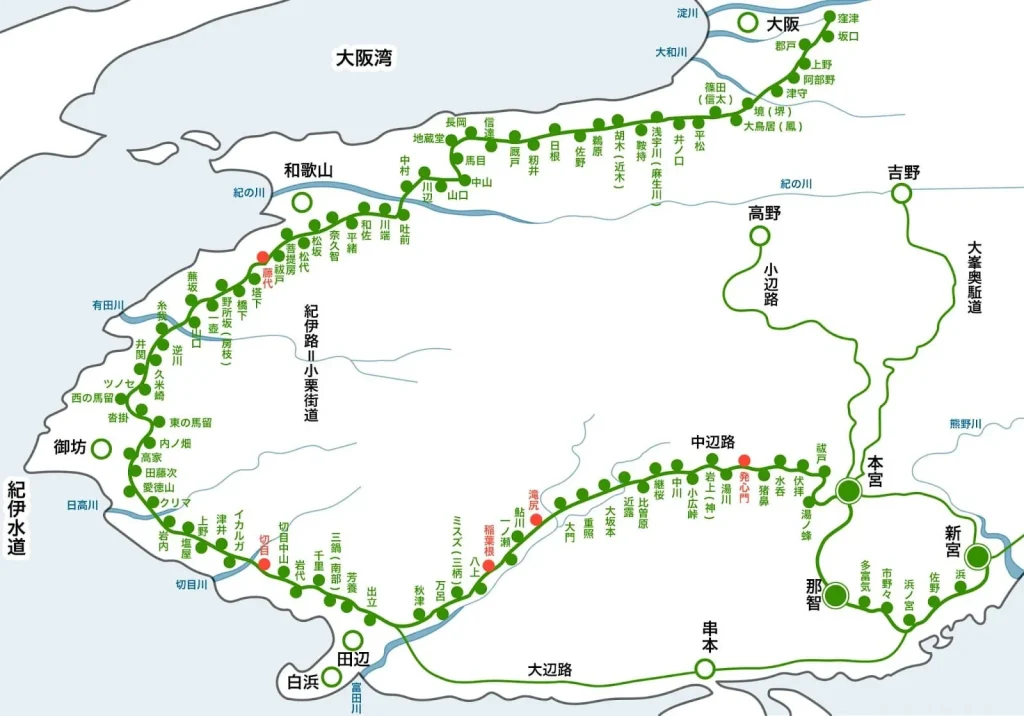
As a result of the popularity of Kumano pilgrimages and the increase in the number of people from all parts of Japan who traveled to the Kumano Sanzan, the Kumano Kodo formed five main routes.
The Kii Road, which passes along the western coast of the Kii Peninsula
The Nakahechi, where the Kii Road branches off, crossing the Kii Peninsula and passing through the mountains.
The Oheji, which is also a branch of the Kii Road and passes along the coast.
Ise-ji, which runs along the eastern coast of the Kii Peninsula.
Kohechi, which connects Koyasan and Kumano Sanzan.
Each of these paths has its own characteristics, including places of interest, scenic spots and difficult sections. When visiting Kumano Kodo on a Kumano pilgrimage or trekking, it is important to choose a route that suits your fitness and schedule.。
What are the ‘Oji’ along the old road?
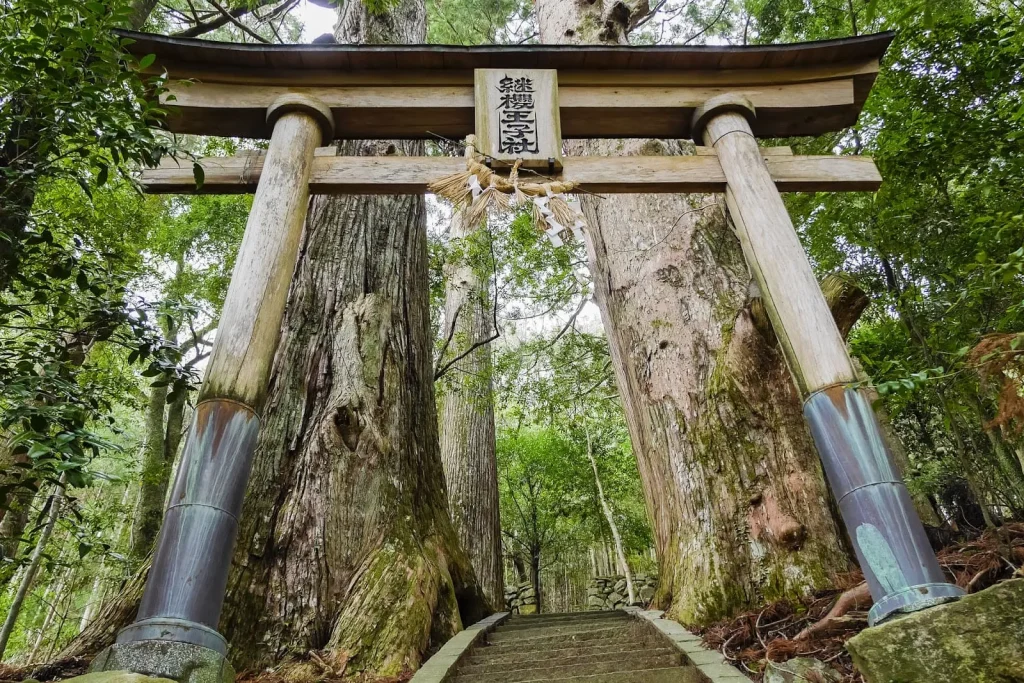
Walking along the Kumano Kodo, you will find a number of spots with the name ‘Oji’. This name derives from the fact that between the 12th and 13th centuries, Shugensha (mountain ascetics) used to stop off at shrines built by the local people to enshrine local deities and perform rituals on their way to Kumano. Shugenja served as the Kumano pilgrimage guides for emperors and aristocrats, and it is thought that these shrines were built to pray for protection on the way to the Kumano.
There are said to be more than 100 of them, and they are called Kujyuku Oji (九十九王子), with 99 meaning ‘numerous’. Famous Oji include the Hatsushinmon Oji shrine, Fushin Oji, Takijiri Oji and Chikanro Oji.
Why the Kumano Kodo was selected as a World Heritage Site.
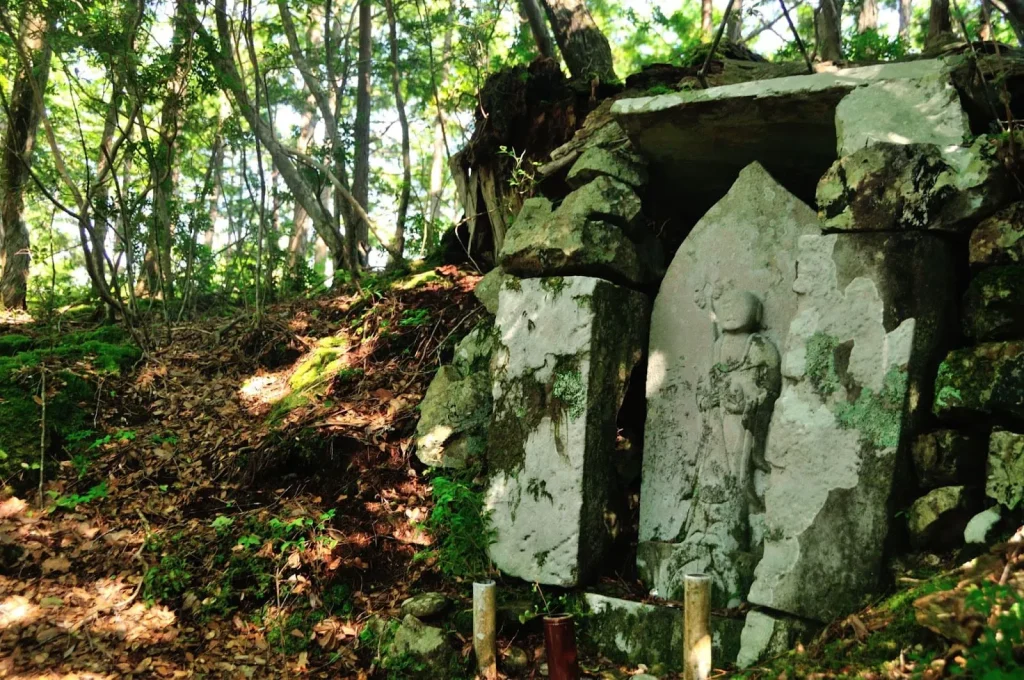
The Kumano region began as a myth and has remained an object of worship to the present day. It was inscribed as a UNESCO World Heritage Site in 2004 in recognition of its history and landscape.
The official name of the Kumano Kodo is ‘Sacred Sites and Pilgrimage Routes in the Kii Mountain Range’. It was the first cultural landscape in Japan to be inscribed on the World Heritage List. The reason for its registration as a World Heritage Site is that ‘in addition to cultural landscapes reflecting the traditions of the sacred mountains, which have been handed down unchanged and unbroken to the present day, there are also many rich natural features such as mountains, forests and rivers. (UNESCO World Heritage website)’.
In fact, only two places in the world are registered as World Heritage Sites as ‘roads’. The Kumano Kodo is the second World Heritage Site for a road, following the pilgrimage route of Santiago de Compostela in France and Spain.
At the Kumano Hongu Taisha shrine, you can get an amulet in collaboration with Santiago de Compostela. It was designed by the manga artist Hirohiko Araki, who drew the manga Jojo’s Bizarre Adventure. The amulet contains a wish for ‘harmony’ among people all over the world.
Minakata Kumagusu (1867-1941), a biologist and folklorist, is said to have returned to his home town of Wakayama after studying abroad and discovered the value of nature in the Kumano region and the history of nature worship. He also worked hard to preserve the forests of Kumano. Kumagusu’s name is derived from the child guardian Kusu Shrine of the Fujishiro Shrine, where the Minakata family progressed, and where the Kumano deity is enshrined. Minakata Kumagusu was one of the prominent figures with deep connections to the Kumano Kodo and the Kumano faith, and it is largely due to Kumagusu’s efforts to preserve the forest that the Kumano Kodo has been recognised as a World Heritage Site.










